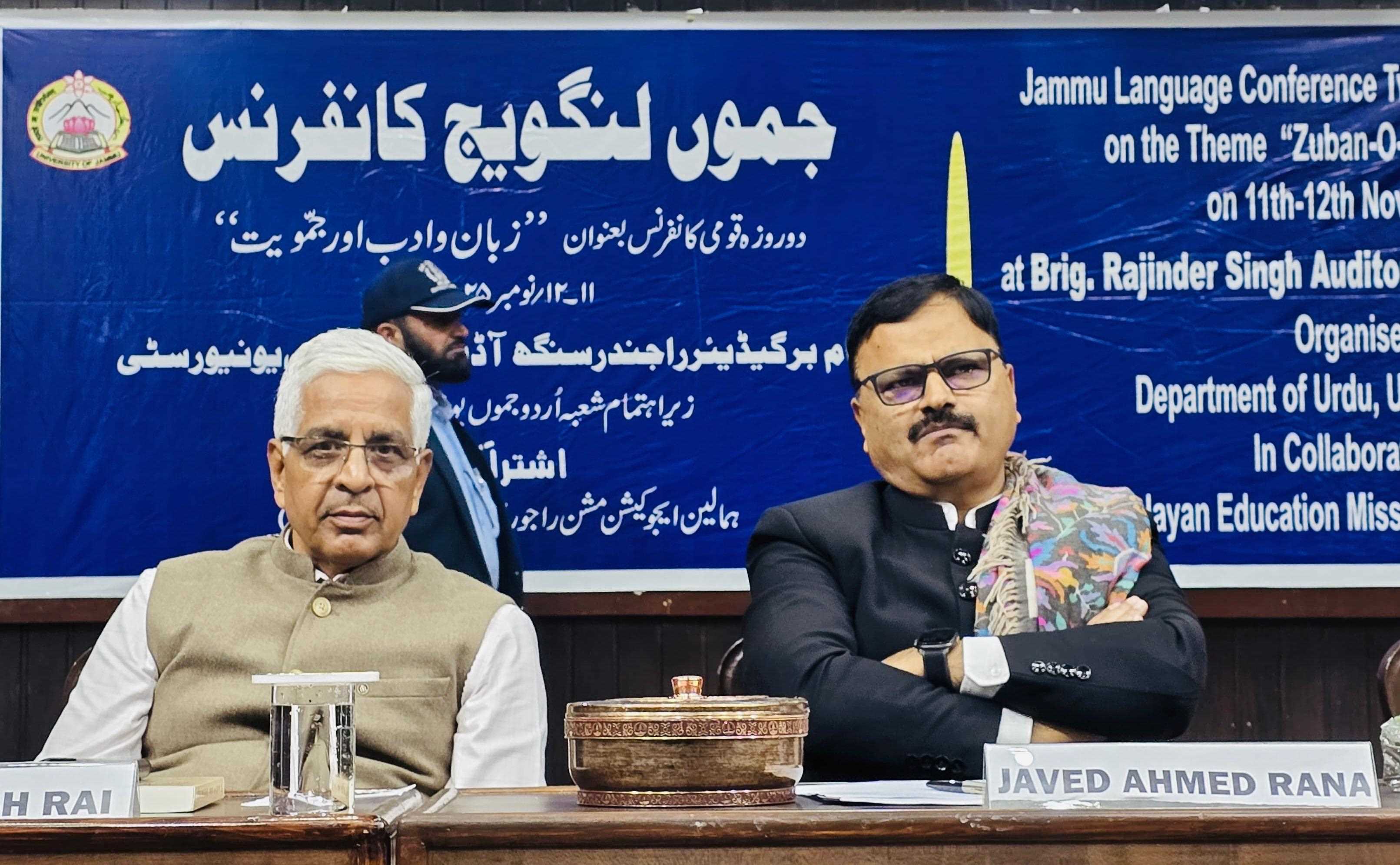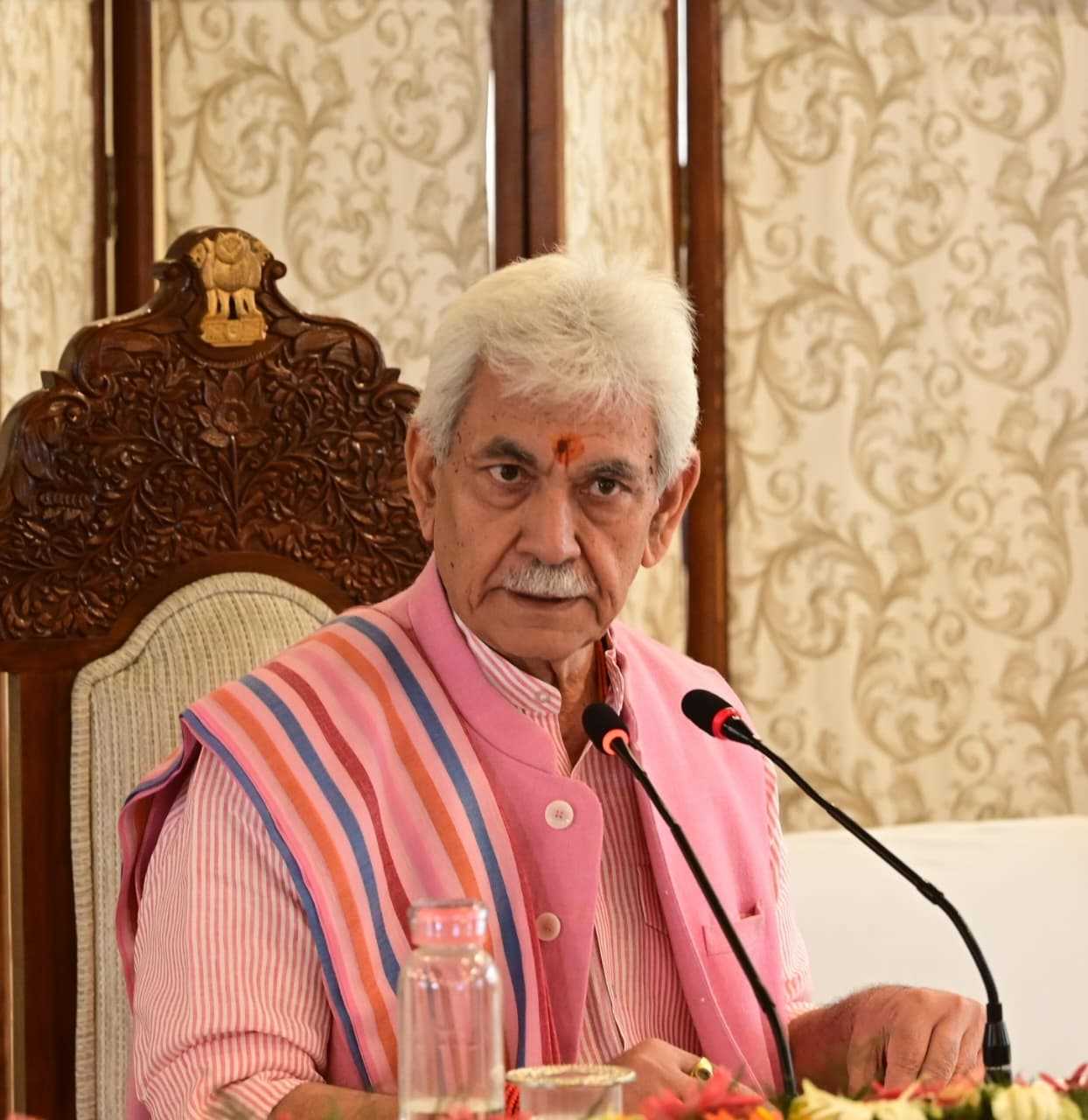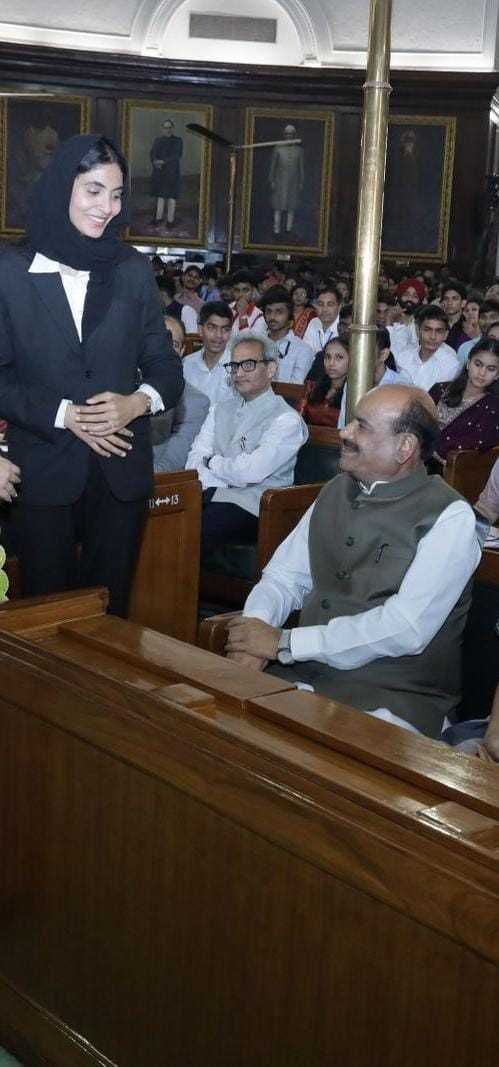The paradox of Kashmir today is stark. The region boasts one of the highest literacy rates in the country, with thousands of graduates, postgraduates, and even PhD holders entering the job market each year. Yet, unemployment looms like a shadow over this educated generation. According to official figures, Jammu and Kashmir has consistently reported an unemployment rate higher than the national average, with youth unemployment reaching close to 18–20% in recent years, compared to the national average of around 10%. The crisis is not only statistical, it is deeply personal, shaping identities and futures. Walk through Srinagar or Anantnag, and one sees clusters of young men at tea stalls, speaking in weary tones of yet another recruitment exam postponed, another vacancy scrapped, another promise delayed. Degrees have become less a passport to opportunity and more a reminder of broken assurances. The image of a PhD scholar applying for a clerical post is no longer rare; it has become emblematic of a system that cannot absorb its own talent.
The consequences are profound. Joblessness is not merely an economic issue, it is an emotional and psychological one. In a place already weighed down by decades of political uncertainty, prolonged unemployment amplifies despair. Reports from local hospitals and NGOs suggest a steady rise in cases of depression, anxiety, and substance abuse among youth. In some studies, heroin use in the Valley has been described as an “epidemic,” a chilling indicator of the void in young lives. Behind these numbers are stories of talented individuals slipping into hopelessness, their potential squandered not by lack of ability but by lack of opportunity. This despair is compounded by identity struggles. In most societies, employment is not just about income, it is about dignity, recognition, and belonging. For Kashmiri youth, being “educated but unemployed” becomes a tag that chips away at self-worth. Families too are caught in this storm. Parents who have invested their savings and sacrifices into their children’s education now grapple with the pain of watching them idle at home, their ambitions shrinking with each passing year. What was once a source of pride has turned into quiet anguish. The unemployment crisis also poses a long-term risk to social stability. A large population of educated but frustrated youth is a tinderbox for discontent. Scholars of conflict have long warned that economic exclusion deepens alienation. When young people feel they have no stake in the system, mistrust widens, and the social fabric frays further. Kashmir’s story is not unique in this regard, but its political sensitivities make the stakes far higher. What makes the situation more painful is the resilience and creativity of Kashmiri youth, which often goes unnoticed. Many have turned to entrepreneurship, freelancing, and small-scale businesses to carve out livelihoods. In recent years, we have seen young Kashmiris establish startups in IT, handicrafts, and agriculture, often with little institutional support. But while these stories are inspiring, they are drops in an ocean. They cannot alone address the structural unemployment that has gripped the Valley. The government has, from time to time, announced recruitment drives and self-employment schemes. Yet, these initiatives are often plagued by delays, lack of transparency, or limited reach. A comprehensive policy response is needed—one that combines public sector recruitment with genuine encouragement of private investment. The Valley requires infrastructure, incentives, and stability that can attract industries and create jobs beyond the narrow window of government employment. Without this, cycles of disappointment will continue.
There is also an urgent need to address the psychological dimension of unemployment. Counselling services, mental health support, and de-stigmatization of therapy must become part of the policy discourse. Too often, the emotional wounds of unemployment are ignored, even though they are as damaging as economic deprivation. Supporting young people to cope with failure, delay, and uncertainty is as important as providing them with opportunities. The tragedy of Kashmir’s unemployment crisis is that it is unfolding in silence, hidden behind statistics and casual conversations. But in that silence lies a wound that threatens not just individuals but the future of the region itself. If the youth are denied dignity, denied work, denied belonging, the cost will be borne not only by families but by society at large.
The chinars will continue to blaze in autumn, the Jhelum will continue to flow, and the mountains will remain majestic. But unless the young are given a chance to build, to work, and to dream, the valley will echo with a quieter, deeper ache the despair of its own children. It is time to treat this crisis with the urgency it deserves, not as a statistic, but as a call to protect the very future of Kashmir.
Email:-------------------: asiakashmiri001@gmail.com






